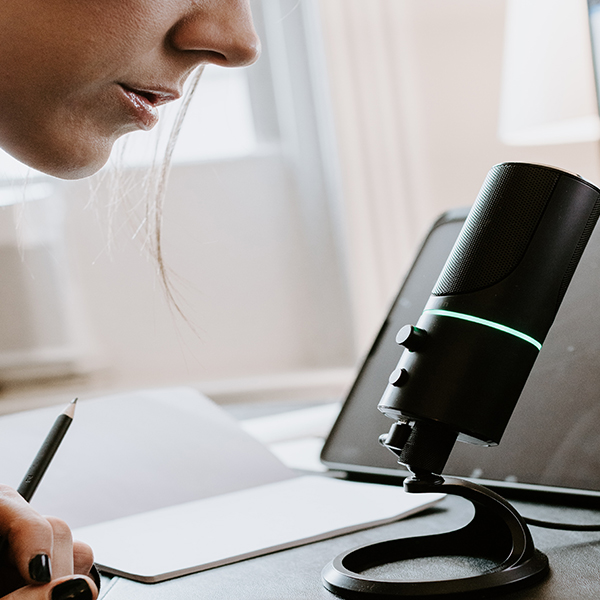10 Tips for Taking Meeting Minutes
A No-Nonsense Guide on Taking Meeting Minutes
How to take minutes in a meeting is a skill. But if you are asked to take the minutes of a meeting; don’t panic!
The term does not mean that you are required to record every minute of the discussion. The term actually refers to the definition of minute that means ‘attention to detail’.The goal of taking meeting minutes is to provide an accurate summary of the key points. The notes serve as a reference to valuable material that was discussed, votes that were taken, future action plans and any other information that needs to be preserved. It becomes the company’s or organization’s official document for that meeting.
In this age of online meetings, quality meeting notes are essential to keep everyone involved up to date and on the same page. There are some general guidelines for professional meeting notes to make sure everything is concise and easy to read.Here are 10 tips on taking meeting minutes and notes.

1. Pick a Method for Recording the Notes
2. Understand the Expectations
3. Know the Agenda
There are many types of templates that are useful for recording meeting minutes. You fill in as much information as you can before it starts, then add the notes as the meeting progresses.
4. Pay Close Attention

5. How to Take Meeting Minutes – What to Include
Depending on the organization, meeting notes can be used as a legal document in litigation. Great care should be used in making sure the information is accurate, and you should never use direct quotes. If you are uncertain you can always outsource any audio recordings you made of the meeting to a professional audio transcription service like Way With Words.
6. Clarify Any Missed Details
7. Organize the Notes
8. The Approval
9. Distribution
You should confirm the method of distribution. It may be by email as a PDF attachment. Another option is to utilize Google Docs which has a sharing function for the members of the group where they can view them.
10. Filing and Storage
Tips For Taking Meeting Minutes And Notes
Additional Services
Captioning Services
Perfectly synched 99%+ accurate closed captions for broadcast-quality video.
Machine Transcription Polishing
For users of machine transcription that require polished machine transcripts.
